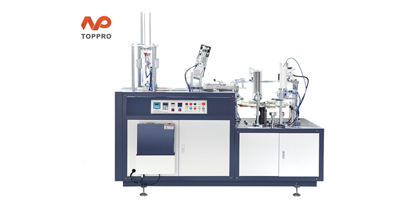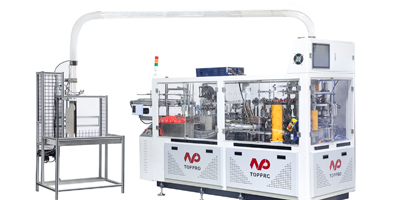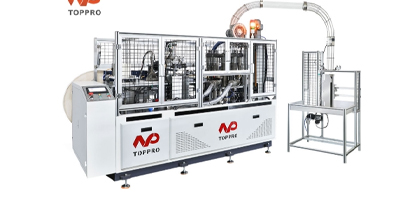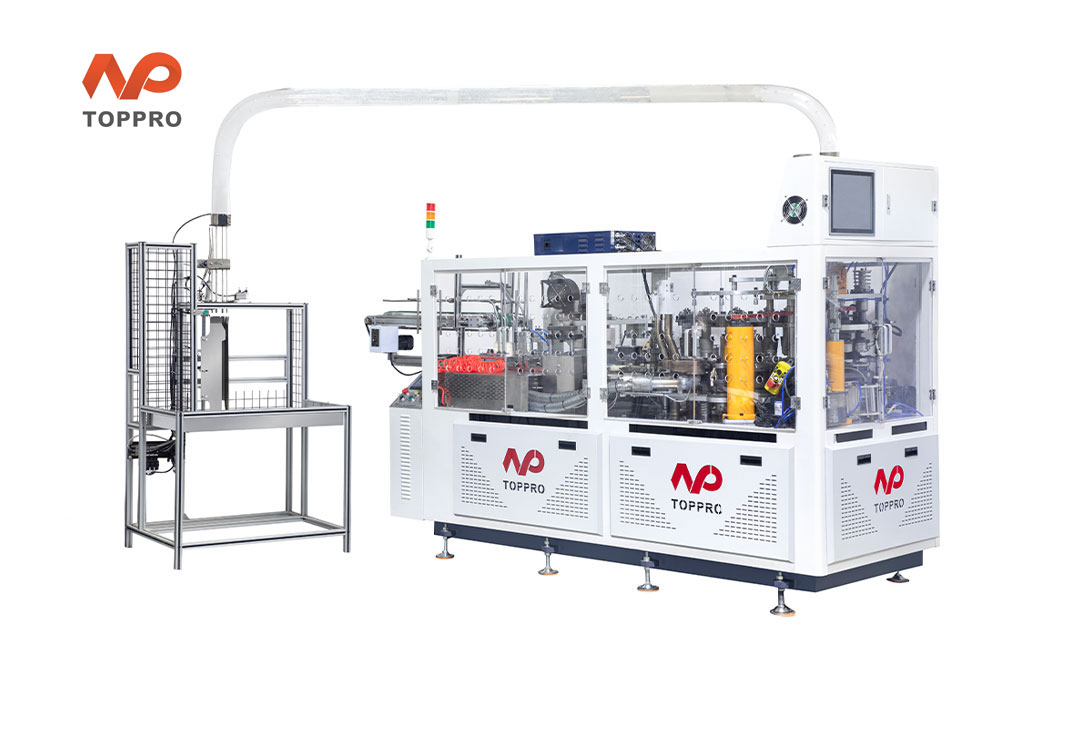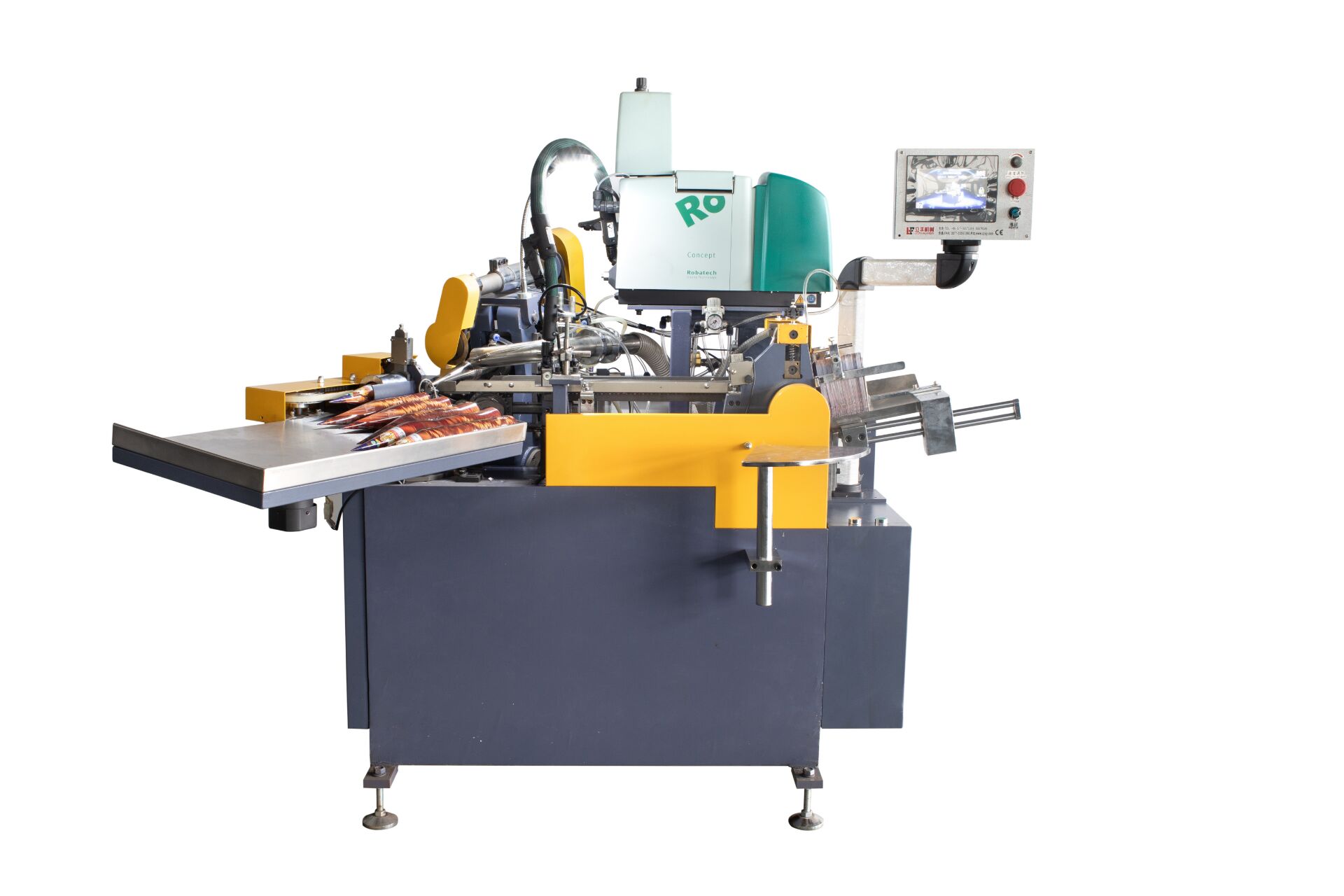Paper cups, mainly made of pulp or paperboard, are often used as containers for beverages or other liquids in various cafes, fast food restaurants, event sites, family gatherings, etc. They are convenient, practical, environmentally friendly and hygienic.
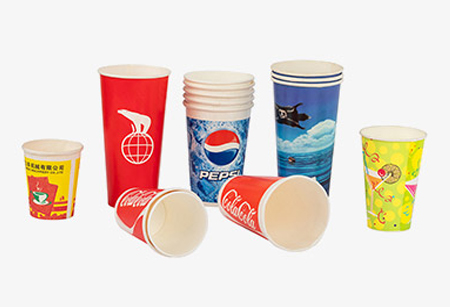
Paper cups have the following advantages:
1. Environmental protection: Compared with plastic cups, paper cups are easier to recycle and can be disposed of by incineration or landfill. Some manufacturers even develop biodegradable materials to reduce the impact on the environment.
2. Customization: Paper cups are suitable for personalized printing and embossing processes, and are suitable for advertising and promotional purposes. For example, such paper cups are often used by coffee shops and fast food restaurants to attract consumers' attention.
3. Safety: The production of paper cups must comply with health and safety regulations. For example, the waterproof membrane must be made of non-toxic, odorless, and non-polluting materials to protect the health of users.
Paper cup machine manufacturing process:
The paper cup manufacturing process can be roughly divided into five steps:
1. Raw material preparation: Food-grade paperboard is selected as the main material, which has sufficient thickness and hardness to withstand the weight and temperature of the beverage. The inner layer needs to be coated with waterproof materials, such as polyethylene (PE) film, to prevent leakage.
2. Printing coating: Paperboard printing adopts letterpress or flexographic printing technology, using food-grade ink to ensure clear patterns, bright colors and waterproof. After printing, coating treatment is carried out according to needs.
3. Paper cup molding: Paper cup molds are made according to design requirements, usually made of metal materials and finely processed. The printed and coated paperboard is placed in the molding machine, heated and pressed to form the shape of a paper cup.
4. Subsequent processing: After the paper cup is formed, the corners are trimmed to remove excess paperboard so that the edges are smooth and not prickly. Then disinfect and sterilize to ensure hygiene and safety. Finally, packaging is carried out to meet food packaging hygiene standards.
5. Quality inspection and warehousing: The finished paper cups are quality inspected, including appearance, dimensional accuracy, printing quality, waterproofness, etc., to ensure compliance with relevant standards.
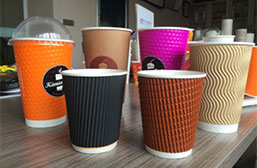
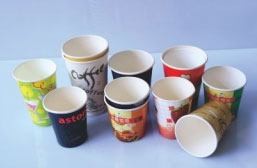
Paper cup machine is a highly efficient equipment for manufacturing paper cups, which is suitable for wide application in commercial occasions such as beverage shops, fast food restaurants and supermarkets. It is highly automated and greatly improves production efficiency, thus meeting the large demand for paper cups in various places.




